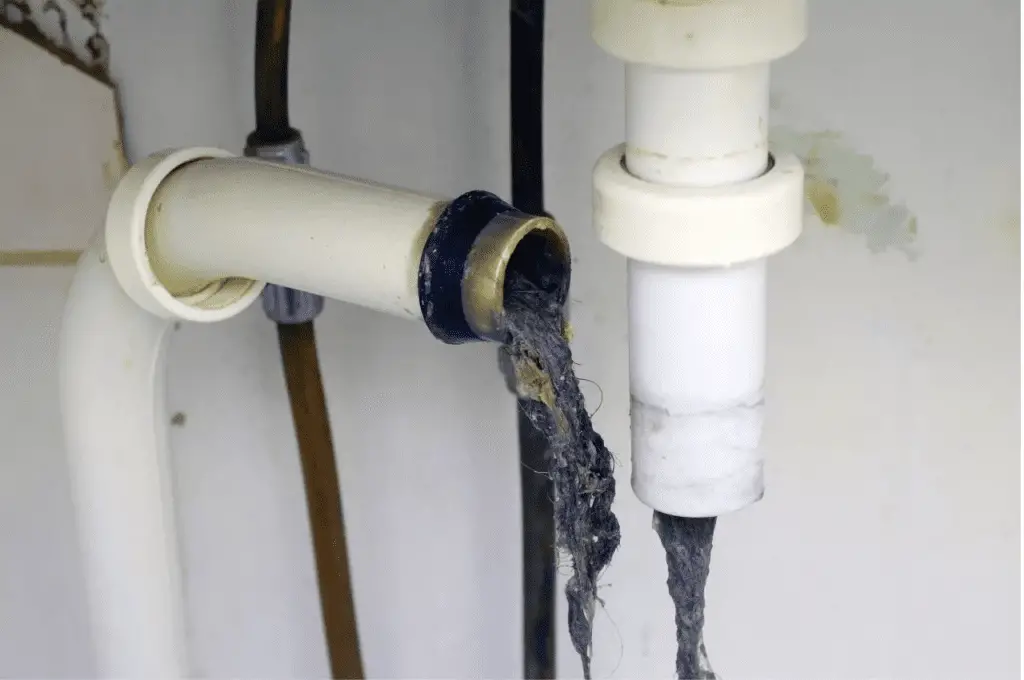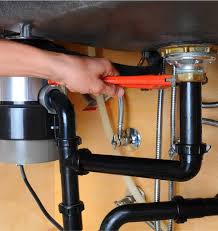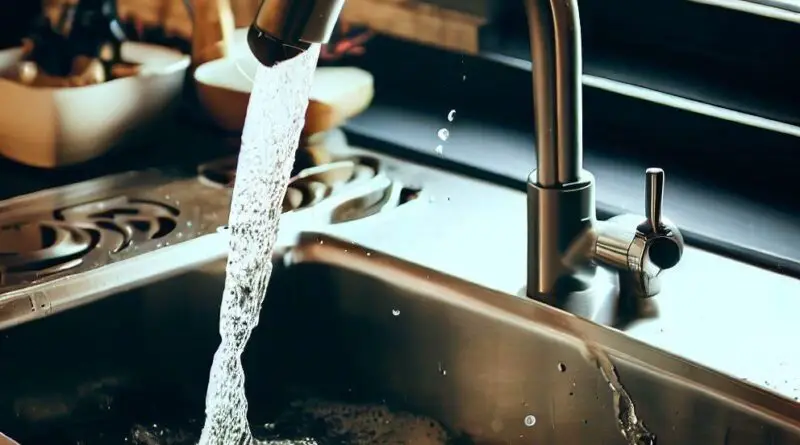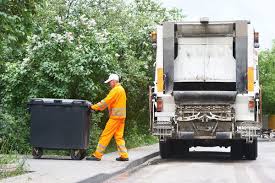How to Unclog a Garbage Disposal With Standing Water
Unclog a garbage disposal with standing water means fixing a garbage disposal that is blocked and has water backed up in it. When a garbage disposal gets clogged, it can’t work properly, and water can’t drain out.
This can be a problem because it can cause water to overflow and make a mess in the sink.One way to unclog a garbage disposal with standing water is to use a plunger.
A plunger is a tool that can create suction to help remove blockages. To use a plunger, you place it over the drain opening and push down firmly. Then, you pump the plunger up and down several times to try to dislodge the clog. If you’re lucky, the clog will come loose, and the water will start to drain out.Another method for unclogging a garbage disposal with standing water is to use a plumbing snake.
A plumbing snake is a long, flexible tool that can be inserted into the drain to break up clogs. To use a plumbing snake, you insert it into the drain opening and push it in as far as it will go. Then, you twist and turn the snake while pushing it further into the drain.
This can help to break up the clog and allow the water to drain out.If using a plunger or plumbing snake doesn’t work, you can try using a mixture of baking soda and vinegar to dissolve the clog. To do this, you pour some baking soda into the drain, followed by some vinegar. The mixture will fizz and bubble, which can help to break up the clog.
After letting it sit for a few minutes, you can try running hot water down the drain to flush out the clog.In some cases, you may need to call a plumber to unclog a garbage disposal with standing water.
A plumber has the tools and expertise to deal with stubborn clogs that won’t come loose with simple methods. They can use specialized equipment to clear the blockage and get your garbage disposal working again.
Overall, unclogging a garbage disposal with standing water can be a messy and frustrating task, but it’s important to deal with it promptly to prevent further damage. By using simple tools and methods, you can often clear the clog yourself. If all else fails, don’t hesitate to call a plumber for assistance.2 / 2
But what happens when this trusty appliance gets clogged, leaving you with standing water and a non-functional disposal? Panic not! This comprehensive guide will the steps on How to unclog a garbage disposal with standing water. With the right techniques and some basic tools, you can have your disposal back in working order in no time.
Read Also: Complete Steps in Glass Recycling Guide
Clogged Garbage Disposal

A clogged garbage disposal is a common household problem that can be attributed to a variety of factors. Food particles, grease, and other debris can accumulate over time, forming a stubborn blockage in the disposal’s drain.
When this happens, you might notice standing water in the sink, slow drainage, or even a foul odor emanating from your kitchen sink. While it can be a frustrating situation, dealing with a clogged garbage disposal is a manageable task that you can easily tackle on your own.
Disconnect the Power

Before you start unclogging your garbage disposal, it’s essential to ensure your safety. This means disconnecting the power to the disposal to prevent accidental activation.
Start by locating the disposal unit under your sink. Most disposals have a dedicated electrical switch or plug. If your disposal has a switch, turn it off. If it’s connected via a plug, unplug it from the outlet. Additionally, consider turning off the circuit breaker for extra precaution.
Assess the Situation
Once you’ve disconnected the power, take a moment to assess the situation. Peer down into the disposal and identify the cause of the clog, if possible. Be cautious not to put your hands or any tools inside the disposal at this stage. Common culprits for clogs include:
1. Food particles: Solid bits of food that have built up in the disposal.
2. Grease: Fats and oils can congeal and block the drain.
3. Foreign objects: Sometimes, utensils or other objects accidentally find their way into the disposal.
Read Also: 10 Reasons Why Food Workers Should Keep Garbage Cans Clean and Free of Buildup
Use a Plunger

A plunger can be an effective tool for unclogging a garbage disposal with standing water. Follow these steps to use a plunger:
1. Ensure the disposal is filled with enough water to create a seal with the plunger. If there’s not enough standing water, add some water to the sink.
2. Place the plunger over the drain opening and press it down firmly to create a tight seal.
3. Rapidly push and pull the plunger, using quick and forceful motions. This action can help dislodge the clog and create enough pressure to force the blockage through the drain.
After a few minutes of plunging, remove the plunger and check if the water begins to drain. If the water level goes down, the clog may have been dislodged. If not, repeat the process.
Use a Hex Wrench
Many garbage disposals come with a built-in wrench, often referred to as a hex wrench or an Allen wrench. This tool is handy for manually rotating the disposal’s grinding components and breaking up obstructions. Here’s how to use it:
1. Locate the hex wrench socket on the bottom of the disposal. Insert the hex wrench into the socket.
2. Gently rotate the wrench back and forth. This action can help dislodge any stuck debris or foreign objects inside the disposal.
3. After turning the wrench a few times, remove it, and attempt to turn on the disposal briefly (with the water running) to see if the clog has cleared.
Baking Soda and Vinegar Method
For a more eco-friendly approach, you can use a combination of baking soda and vinegar to unclog your garbage disposal. This method helps break down debris and eliminate odors. Here’s what to do:
1. Start by pouring a half-cup of baking soda into the disposal.
2. Follow it up with a cup of white vinegar. This combination will create a fizzing reaction, which helps break down food particles and grease.
3. Allow the mixture to sit for about 10-15 minutes.
4. After waiting, pour boiling water into the disposal to flush out the debris.
The Ice and Salt Method
This method is particularly useful for removing built-up grease and debris from your disposal. The combination of ice and salt can help dislodge stubborn clogs. Here’s how to do it:
1. Fill an ice cube tray with a mixture of water and a 1/2 cup of table salt.
2. Freeze the tray until you have ice cubes ready.
3. Turn on the disposal and feed the ice cubes into the unit. The ice will help dislodge debris, while the salt acts as an abrasive to clean the disposal’s grinding components.
4. After using all the ice cubes, run cold water to flush away the loosened debris.
In Summary, Dealing with clogged garbage disposal and standing water in your sink can be a frustrating experience, but armed with the right knowledge and techniques, you can easily resolve the issue.
Remember to prioritize safety by disconnecting the power before attempting any fixes. Start with the simpler methods, such as plunging or using a hex wrench, and progress to more advanced techniques if necessary.
Read Also: Rice Tungro Disease: Description, Damages Caused, Control and Preventive Measures


